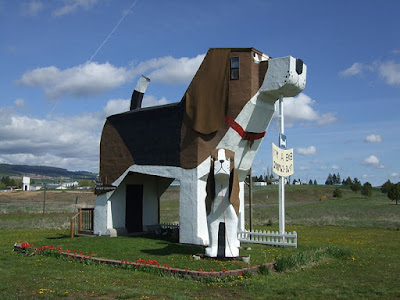Industrial interior design is all about clean, simple lines, neutral colors, and the use of wood and metal to create an unfinished look to a home.
If your kitchen has exposed structural elements such as beams and ductwork, and unfinished walls, half your job is already done. Without these elements, you can still recreate the look of industrial design in your kitchen by selecting the right kind of home accents, appliances, and furnishing.
Lighting and fixtures
Industrial design uses metal in cold colors: Think steel and iron, not gold or brass. Choose retro-inspired lighting and smooth steel fixture bodies in modern designs to match your modern industrial kitchen, or aged wood and metal in rustic patinas if you prefer a slightly warmer, more rustic look. Oxidized steel cage ceiling lamps lend a utilitarian air to your kitchen while square bronze wall lamps add light to dark corners.
Flooring
Concrete floors, polished to a high sheen, are the norm in industrial design. Other great flooring options for industrial kitchens are timber, preferably aged, and stone.
Counters and counter islands
For counter-tops, choose those made from stainless steel, polished concrete, or wood. Avoid matte or rough materials for counter-tops. While matte ones look nice, they stain more easily.
A burgeoning trend is mobile counter islands. No longer just for restaurant kitchens, wheeled counter islands can be moved to make space when necessary and, depending on their style, can add to a kitchen's industrial look or feel.
Appliances
Stainless steel and paneled appliances do double duty as kitchen equipment and decorative accents.
When decorating an industrial design kitchen, remember that less is more. Too many colors, shapes, and textures can make an industrial design kitchen lose its aesthetic edge.
Hello there, I'm Scott Jay Abraham, a California-based interior designer specializing in industrial design. For related articles, please subscribe to my blog.
If your kitchen has exposed structural elements such as beams and ductwork, and unfinished walls, half your job is already done. Without these elements, you can still recreate the look of industrial design in your kitchen by selecting the right kind of home accents, appliances, and furnishing.
Lighting and fixtures
Industrial design uses metal in cold colors: Think steel and iron, not gold or brass. Choose retro-inspired lighting and smooth steel fixture bodies in modern designs to match your modern industrial kitchen, or aged wood and metal in rustic patinas if you prefer a slightly warmer, more rustic look. Oxidized steel cage ceiling lamps lend a utilitarian air to your kitchen while square bronze wall lamps add light to dark corners.
 |
| Image source: houzz.com |
Flooring
Concrete floors, polished to a high sheen, are the norm in industrial design. Other great flooring options for industrial kitchens are timber, preferably aged, and stone.
Counters and counter islands
For counter-tops, choose those made from stainless steel, polished concrete, or wood. Avoid matte or rough materials for counter-tops. While matte ones look nice, they stain more easily.
A burgeoning trend is mobile counter islands. No longer just for restaurant kitchens, wheeled counter islands can be moved to make space when necessary and, depending on their style, can add to a kitchen's industrial look or feel.
Appliances
Stainless steel and paneled appliances do double duty as kitchen equipment and decorative accents.
When decorating an industrial design kitchen, remember that less is more. Too many colors, shapes, and textures can make an industrial design kitchen lose its aesthetic edge.
Hello there, I'm Scott Jay Abraham, a California-based interior designer specializing in industrial design. For related articles, please subscribe to my blog.








